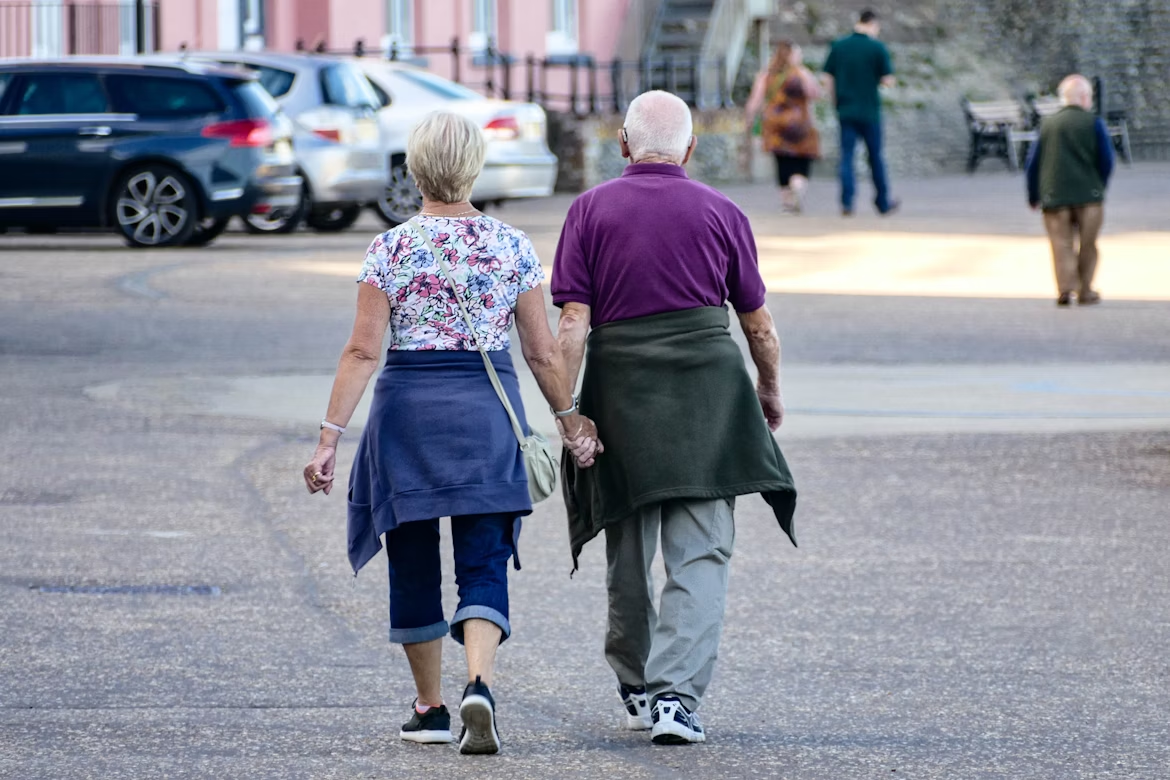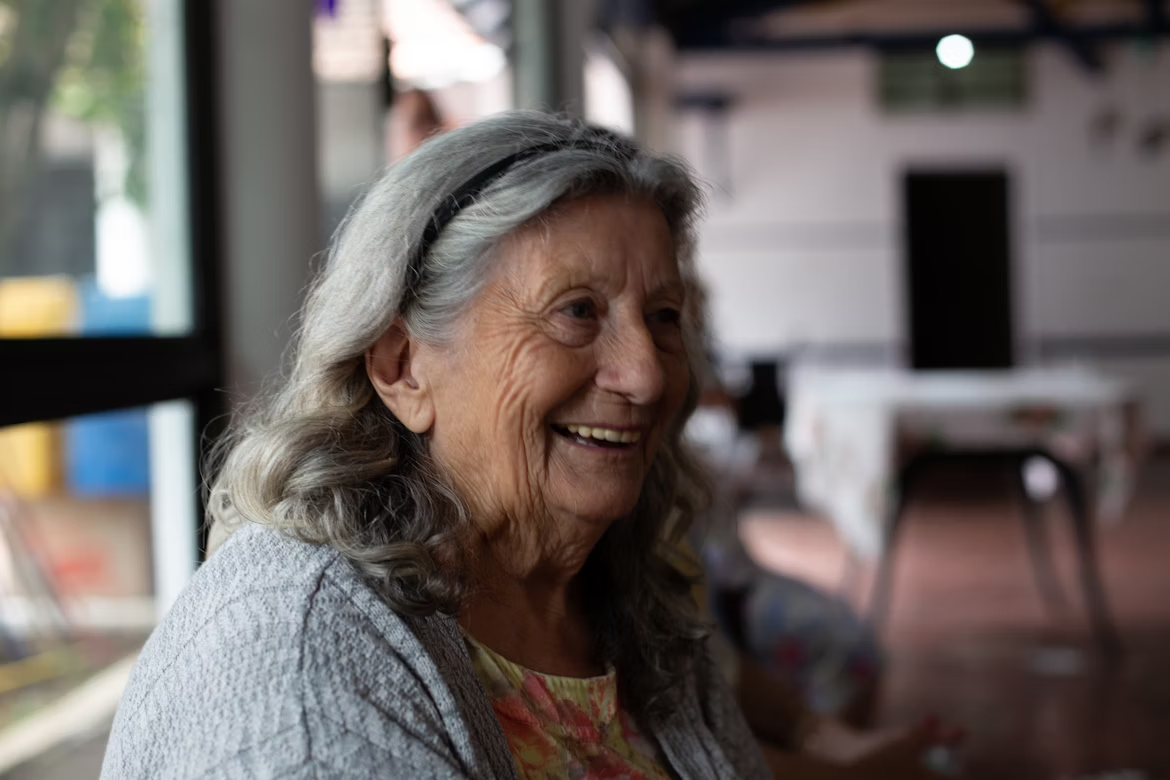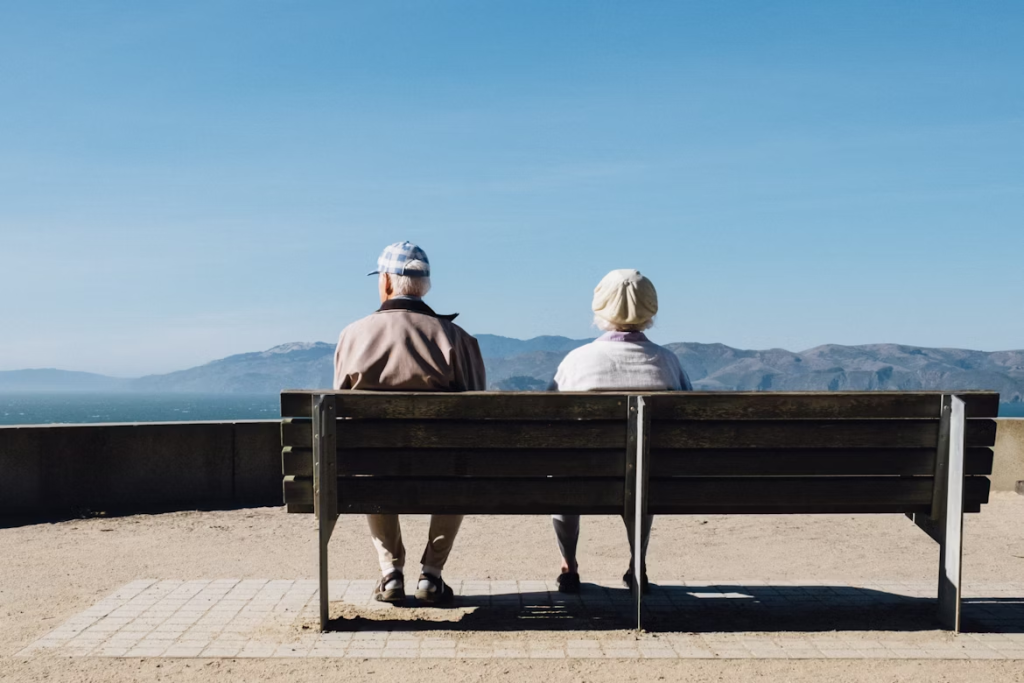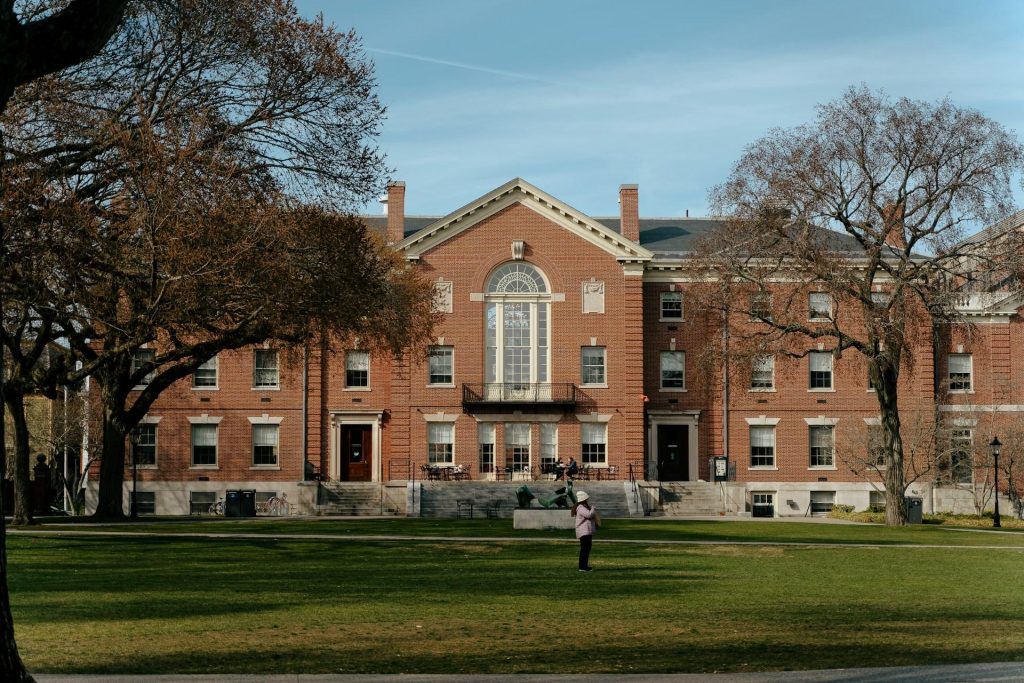The United States population is aging rapidly. The number of Americans ages 65 and older is projected to increase from 58 million in 2022 to 82 million by 2050, which is a 47% increase.
This stark rise is driven by the large baby boom generation and is resulting in unique challenges to the U.S. economy, infrastructure, and institutions, particularly in healthcare. The aging population will require more care from an already strained system.
Statistics reveal that 1 in 6 people in the United States is aged 65 and over. Many of these people will require more medical attention due to complex and chronic conditions, which is why it’s important to discuss how they can advocate for themselves in healthcare settings. When discussing older people and advocacy, it’s also important to address and discuss the problem of ageism in healthcare.
What Is Ageism?
Ageism, as defined by the World Health Organization, is the prejudice, stereotyping, and discrimination against an individual or group of people based on their age. Ageism can affect anyone, young or old.
There are also different ways to categorize ageism depending on where and how it takes place. These include:
- Institutional ageism: This occurs when an institution perpetuates ageism through its actions and policies.
- Interpersonal ageism: This type describes ageism that happens between individuals as part of a social interaction.
- Internalized ageism: This refers to when a person internalizes negative, ageist beliefs and applies them to themselves.
The impact and severity of ageism can vary depending on the situation. Data from the 2020 National Poll on Healthy Aging found that 82% of older Americans reported experiencing ageism regularly. The survey found:
- 65% of respondents experienced ageist messages on social media
- 45% experienced ageism in interpersonal situations
- 36% experienced internalized ageism

Ageism and Healthcare
A recent study has found that older people spend an average of 21 days a year on medical appointments. A significant portion of their time is spent at healthcare facilities, whether it’s to receive primary care or at a specialty care office (e.g., imaging or pathology testing).
Unfortunately, statistics have found that during these visits, many older people may be subject to ageism. Ageism has become a common and socially condoned type of discrimination in the U.S. and is associated with poor health outcomes.
The World Health Organization reports that every second person in the world is believed to hold ageist attitudes. These attitudes can directly lead to poorer physical and mental health of an older person, as well as reduced quality of life.
A new United Nations report on ageism has also found that ageist attitudes are costing societies billions of dollars each year. This report highlights the importance of combating ageism and how crucial it is for older people to advocate for themselves in health settings.
The Impact
An article investigating the links between ageism and health found that ageism threatens the provision of equitable healthcare. It can make it harder for older people to advocate for themselves and receive the treatment they need.
The same article also explains that intervention efforts to eradicate ageism must also target older people, too. Intervention efforts should promote older people to advocate for themselves and encourage the improvement of health literacy.
In healthcare, ageism can manifest in many ways. For example, it can manifest as a healthcare professional ignoring or dismissing the older person’s treatable concerns. Ageism in healthcare can be institutionalized, interpersonal, and internalized.
Ageism in healthcare has also become more prevalent since COVID-19. A pre-pandemic study revealed that approximately 8% of older adults reported experiencing age-based healthcare stereotype threat.
This number increased significantly during the pandemic. A later study completed during the initial COVID-19 outbreak found that the proportion of older adults reporting concerns regarding age-based judgements from healthcare providers grew to almost a third.
More than ever, with the growing lack of accessibility and inequalities in the U.S. healthcare system, older people advocating for themselves is critical. An Australian study found that 90% of older people receive better care after advocacy.

What Is Advocacy?
In healthcare, advocacy refers to any activities related to:
- Ensuring access to care
- Assistance navigating health systems
- Mobilizing resources
- Addressing health inequities
- Promoting better health policies
The process is also known as ‘health advocacy’. While advocacy can be performed at an institutional level, targeting policies for system change, advocacy can also exist to help a person or group of people access and receive care.
Self-advocacy in healthcare refers to a person’s ability to advocate for themselves and communicate their needs to healthcare professionals. It ensures that the person can effectively communicate and make well-informed medical decisions.
Self-advocacy is linked to better health outcomes, as it ensures the individual receives the care they deserve. Self-advocacy can empower older people to take charge of their health and have more power in how they interact with healthcare systems.
How to Learn Self-Advocacy
It’s important to understand that self-advocacy is a skill that everyone can learn. No one is born with the ability. If you’re looking to improve your health self-advocacy, the skill consists of three key elements:
- Understanding your needs, the healthcare system, and your rights
- Knowing your body and what support might help
- Communicating these needs to others and healthcare professionals
Self-advocacy in healthcare means taking an active role in managing your health. For an older person, this would require understanding the healthcare system, speaking up for oneself, and ensuring you have all the information when making decisions.
For example, this could look like:
- Asking for a second opinion or another provider if you’re unhappy
- Ensuring you have the time and access to resources to make informed decisions
There are many ways to learn and develop self-advocacy skills. These include:
- Online courses that teach advocacy, assertiveness, and/or communication
- Professionals, like therapists or counselors, who specialize in communication
- Self-help literature that provides techniques and theory for developing self-advocacy
- Advocacy organizations that provide resources or sessions on health advocacy
If you’re an older person who can’t self-advocate independently, alternative options exist. It’s possible to get a family or friend to advocate your care preferences and decisions on your behalf, or organizations exist that help older people advocate and navigate health systems.
Ways You Can Advocate
There are many ways older people can practice advocacy when interacting with healthcare systems. If you’re an older person looking for inspiration, below is a list of practical advocacy measures you can take.
- Always ask for clarification to fully understand your health status.
- Actively participate in the decision-making process for treatment.
- Prepare before appointments (for example, writing down questions you’d like to ask).
- Keep records of your medical history, such as test results and procedures.
- Research and understand your rights as a patient.
Understanding your patient rights can help you ensure you receive satisfactory and equitable care. A list of these rights can be found on the American Medical Association Code of Medical Ethics website





















